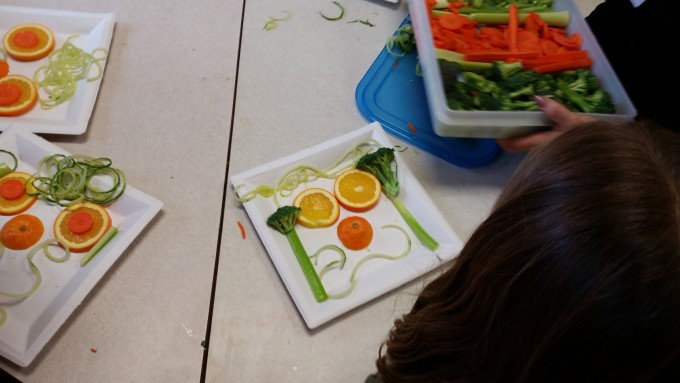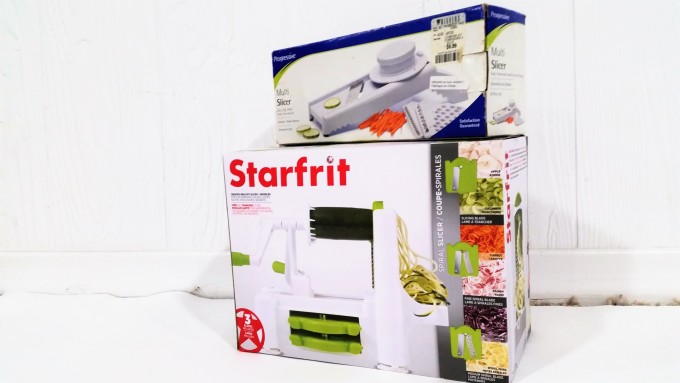Family Health Tips #3- The Vegetable Art Project
January 10, 2016 7:35 pm / Posted in Blog, Family Health Tips, Lifestyle, NutritionI would like to thank Stella for all your help with vegetable art and also for helping me write my blogs.
“Eeeeewww!!”
Yes, it’s the familiar sound of a mealtime battle about to begin after you slaved in the kitchen.
“That’s gross! I’m not eating that!”
Or worse:
“NOOOO THAT’S YUCKY ”… all over the table and floor.
“Eat your vegetables or you will get no dessert”
Ok, so vegetables suck and dessert is good… Right?
The food inspiration
I am always looking for new ways to get my kids to eat vegetables. One day I was cruising on facebook and I saw an interesting photo. Someone created a masterpiece using vegetables. I then thought up of the idea to run a project at my daughter’s school-Broadview Elementary- called Vegetable Art. The idea was simple, cut up vegetables in different shapes then create art with it. The goal of the program was to get kids into vegetables and hopefully eat a few. The result of the project was unbelievable all 24 kids in Gloria’s Kindergarten class ate vegetables, in fact they scraped the bins clean.
In this blog I will teach you how to do the same project and also provide some interesting facts on how to get your kids to lick their plates clean.
It’s a cliché by now, but communication is essential. And many people don’t do it well. Surprise, surprise! So, if you are better communicator your kids will eat their vegetables, well yes and no. Food experience, especially for this age group, is kinda a big deal. Your kids want new and exciting experiences all the time. You on the other hand might feel like me and just want everyone to be quiet. Back in the good old days kids had less options than what they have today, but needless to say they probably didn’t care much as long as they had something to cool to do.
“Picture of old potato and potato head”
Vegetable art is a basic program that any parent can do, you don’t have to go to your kids school to get the full experience, however, I would recommend it. The school project took me about five hours to do from prep to clean up and cost $71.78. I did have someone help out during the class. This was most helpful and made the groups rotate faster. Not to say you could not do it but it went well with another set of hands.
“Picture of the equipment”.
The teacher’s comment regarding vegetable art
“I basically think this was such a positive and enriching experience for our students. I think every kindergarten and grade 1 class would benefit from it… and perhaps even grade 2 or 3 if we upped the complexity or modeled some real artists who have used this medium. The pictures are amazing and the kids are loving to look at them in the class. We’ve also had a few students recreate/re-represent the experience by making vegetable drawings at the art centre.”
Amanda Pyykonen OCT
Senior Kindergarten EFI
Broadview Public School
The Materials
- Vegetables & Fruit
- Four large carrots
- Five cucumbers
- Two stocks of calery
- Ten large oranges
- Four pounds of grapes
- Two large heads of broccoli
- One pound of wax peas
- Spiralizer
- Big knife
- Bins
- Paper plates, square shape to look like a frame
- Zip lock bags so kids can take away
- Five tongs
Step One: The introduction and the build up
My theory to get more kids to eat healthy is simple. “Make them a part of it”. And this is exactly how I got all 24 kids ages 5-6 to eat vegetables. I walked in the classroom wearing a bright yellow shirt with a carrot on it, carrying these boxes and bins. Heads started to turn right away saying “Who is that guy?” The teacher then had all of the kids sit in a circle so I could introduce myself. I explained to the kids what we were going to do and let them ask questions. This built up a lot of excitement.
Step Two: Break into small groups
We set up at one of the big tables and took on four to five kids at a time just to make sure we could control the flow of the group. Each kid got to spend ten to fifteen minutes at the table.
Step Three: Spiralizer Pre-Cut Vegetables
Having the kids turn the handle was a pretty big deal. Everyone wanted a turn and some requested another one. The long noodle-like vegetable strands were used to make hair in the kid’s art.
Step Four: Create A Silly Face
In the beginning, I just let them do their own thing and I was hoping that they would make their own art, however it was just starting to turn into adding more stuff to the plate and making a big pile. I then soon realized that this age group need a bit more instruction. I told them to make a face then the wheels started to turn.
Step Six: Take a photo
To create a more memorable experience we took photos. The next day the kids got to check out their art on the teacher’s ipad. When the kids found out that we were going to take a picture most of them tried just a little harder to make it nice.
Step Five: Place Vegetables In Zip Lock Bag
I thought how cool would it be if we could let them fill up a zip lock bag just like trick or treating at Halloween. It was an important part to help make things go quickly between groups and the kids loved it. One parent told me their kid went home to make the face again to show her mother. Just like the photo, another opportunity to recreate the experience.
Here are some more ideas that you can think about
- How do you eat meals as a family?
- Are meals collectively prepared, enjoyed, and tidied up?
- Do you shop together?
- How do people in the household act around food and eating?
- How fast are those meals eaten? Are they rushed and distracted? Or relaxed?
- Etc.
Verbal cues
What conversations do you have with other household members?
- Do you talk about food preferences, likes and dislikes, and why?
- Do you talk about food preparation and cooking?
- Do you talk about why you make the shopping choices that you do? Do you talk while shopping together?
- Do you talk about family expectations and guidelines?
- Do you talk about healthy behaviors or athletic performance, and how nutrition relates to these things?
I understand that time is an issue, but in reality this is not going to add time to your schedule. This is an opportunity for you to us the time you spend with your kids and mix it into some of the time you spend shopping or preparing food. The biggest thing is just to make it a new habit, so take your time. Think to yourself what small step could I do to include my kids around food prep. Then sit back and enjoy the words; “Cool, I made that!” instead of “Eeeeewww!!”
Burke Cleland
Nutrition Coach and Personal Trainer
Ottawa, McKellar Park
Category: Blog, Family Health Tips, Lifestyle, Nutrition
Posted by Burke



